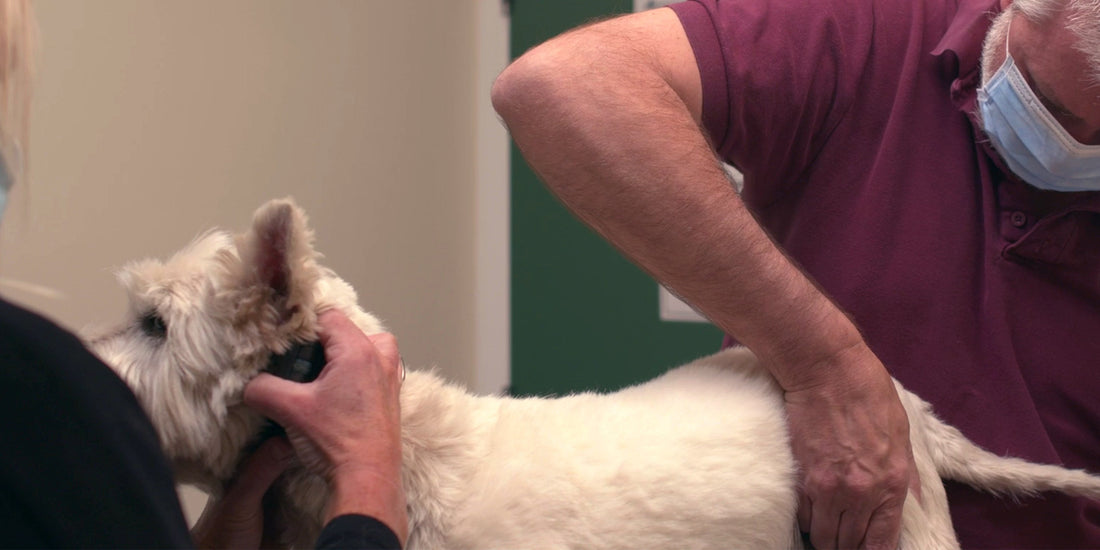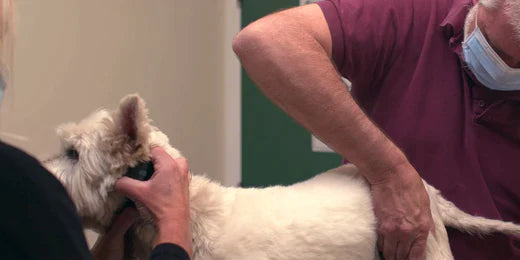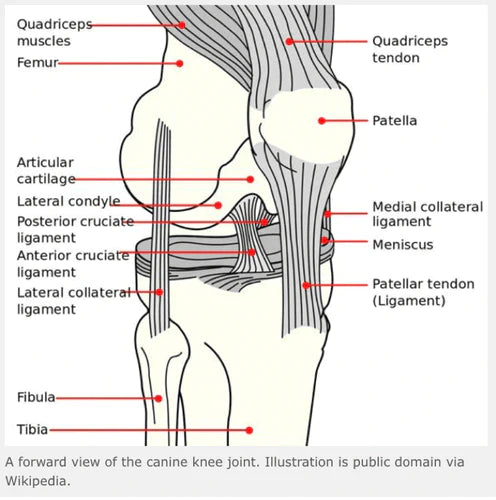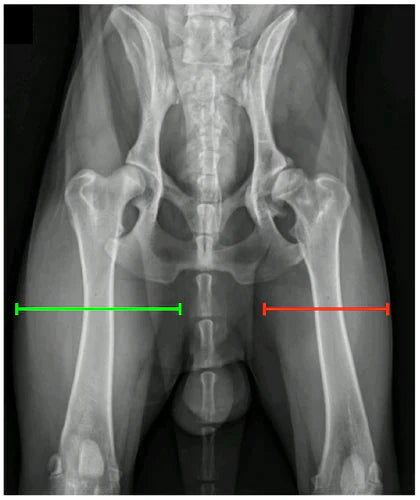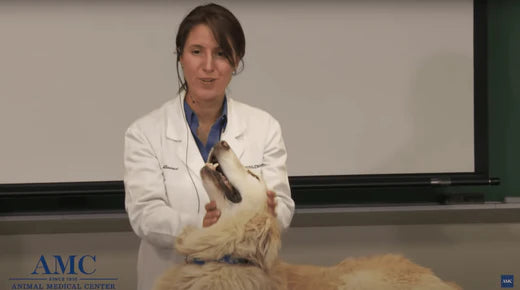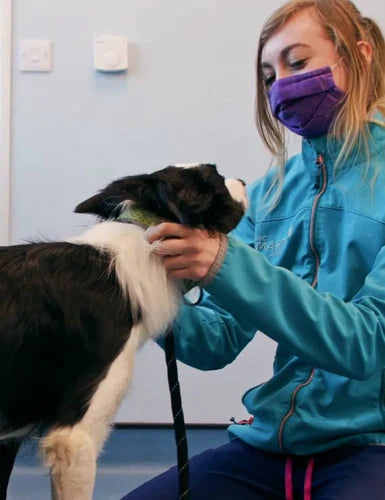If you had to put the organ systems into high school, the popular kids would be the brain, heart, lungs, guts and I might argue the liver and kidneys. These organ systems get all the hype, but just like in high school there will be other kids deserving attention. The pancreas falls into this category. It is like the awesome nerdy jock doing double duty. Your guts would not be very useful without the exocrine function of the pancreas. Exocrine means the part of the pancreas that is secreting digestive juices outwards into the intestinal tract. This digestive juice contains essential enzymes for digesting carbohydrates, proteins and fats. The other function of the pancreas is the hormone producing endocrine side. You may be aware of this system without realizing it. Do you know anyone with diabetes? I thought so. Diabetes is an endocrine related disease given the pancreas is the site of insulin production.
Today we are going to focus on the exocrine side. Think about when you last ate. Thanks to your power house pancreas that meal was broken down and assimilated into smaller particles that your guts could absorb. Without those enzymes you would develop horrible diarrhea and lose weight. That sounds bad enough but unfortunately more can go wrong with the pancreas. Let me ask if you know Latin? Yes/No? If the answer was a resounding no, you might be surprised to learn that you actually know a tiny amount. I bet you have heard of sinusitis. How about bronchitis? The “itis” part is Latin for a disease characterized by inflammation. Pancreatitis therefore is inflammation of the pancreas. What causes inflammation? The most common cause we think of is a bacterial or viral infection. Not so with the pancreas. The pancreas being the “stand out from the crowd organ” is a little different and complicated. Let’s break it down !
Counter Surfing Canines.
Do you know any counter surfing or dumpster diving housemates? One can’t blame them when the reward for this activity is so high. Who wouldn’t want to eat the entire jar of peanut butter (yes my dog ate the jar too), or the entire package of homemade cookies from your mom (my roommate’s dog in vet school)? I imagine you can fill in the blanks with several more examples. KFC from the garbage? Entire butter dish off the table? What do these dietary adventures have in common? A whopping dose of fat. A sudden large intake of fat in dogs is a potential trigger for pancreatitis. Dietary indiscretion is the most common cause of acute canine pancreatitis. Certain breeds are at risk too. Miniature Schnauzers can have a hereditary problem causing high levels of fat (triglycerides) circulating in the bloodstream. These dogs are at higher risk for pancreatitis when their triglyceride values reach a certain level. Specific medications as well as other factors can trigger pancreatitis while other times it may be idiopathic. Idiopathic means we cannot determine the cause which can be a source of frustration for you and your vet alike.
On top of being acute or chronic, pancreatitis can be mild or extremely serious and life threatening. In health, digestive enzymes are packaged up nice and neatly in a protective wrapping waiting to be delivered from the pancreas to the intestinal tract. Triggers for pancreatitis cause digestive enzymes to become activated within the pancreas itself. This causes digestion and inflammation of pancreas, the surrounding intra-abdominal fat, and other organs in severe cases. The clinical signs you can see in your dog are vomiting, diarrhea, lethargy, loss of appetite, and varying degrees of abdominal pain. Severe abdominal pain in general can cause a “downward dog” or praying position as means of trying to find relief. It sounds bad! It certainly can be, so how can we make a diagnosis and move on to treatment?
Your vet will make a diagnosis of pancreatitis using a combination of tests. These will most often include history and physical examination findings, routine and specific blood tests along with an abdominal ultrasound referral in certain circumstances. Given the range of disease severity a patient may be hospitalized for only a day, or need to remain in hospital for several days. Treatment will focus on intravenous fluids, pain control, and anti-vomiting medication as well as a low fat diet. For some dogs an eventual transition back to their original diet is possible. For other dogs this is going to mean a permanent change to an ultra-low fat diet and anything that passes by their lips needs to be given the thumbs up.
Cats being cats, are different.
We love our feline friends including how they like to be different in many aspects of veterinary medicine. Cats have a small but very important difference in their pancreatic anatomy compared to dogs. Feline pancreatitis is often seen together with intestinal and liver inflammation. This receives the somewhat slang medical term – “Triaditis” – inflammation of three organ systems. Dietary indiscretion is not a primary trigger for feline pancreatitis and over 95% of cases are idiopathic.
Surprisingly, cats vomit less than 50% of the time and abdominal pain even with severe disease can be challenging to recognize at home and in the exam room. You should always consider that a crouched position, hiding, decreased appetite, unexplained weight loss, or overgrooming in a cat could be a sign of underlying discomfort and disease. All of these vague clinical signs or changes in behaviour could be due to several different diseases of which pancreatitis is included.
Diagnosis in cats can be tricky primarily because the history and clinical signs are not as obvious and the disease is often chronic. Your vet will most often rely on specific blood tests and referral for abdominal ultrasound. Exact treatment will be case specific with a focus on providing fluids, pain control, anti-nausea medication and adequate nutrition. Nutritional management is essential in any sick cat (cats need to eat every day), however keeping the fat level low is not the main focus.
Back home: What gets a thumbs up?
Your dog or cat may have a concurrent condition that requires other veterinary prescribed medication or supplements. It is important to review with your veterinarian each of these and whether they can be continued. In cats, the fat content of these supplements is less likely to be a concern, but one should always discuss any possible medication interactions as well as prioritize medication needs.
In dogs, hiding pills in hot dogs, peanut butter or Cheez-Whiz is NO longer an option! Low fat options need to be provided for e.g. low fat prescription canned food or fat-free cream cheese.
Fatty acid supplementation by its definition means you are adding fat. Fatty acids will increase your dog’s total daily fat intake, and the question will be by how much? The dose of a typical fish oil omega 3 fatty acid supplement will vary for each condition be it skin, kidney disease or arthritis. The referenced dose for arthritis is quite high. It stands out to mention that the concentrated green lipped mussel extract Antinol provides a significantly lower amount of fat while helping manage arthritis. When compared to a patient’s daily fat intake it would be unlikely to make a significant impact when used at recommended doses in the majority of patients. Your veterinarian will always need to provide the final “thumbs up” on the use of supplements together with pancreatitis. Let’s keep the powerhouse pancreas happy.
Dr. Julie Armstrong DVM, MVSc
Diplomate ACVIM (Small Animal Internal Medicine)
References:
- Nelson, R. W. & Couto, G. C. (2020) The exocrine pancreas. In: Small Animal Internal Medicine. 6th edn Mosby, St. Louis, MO, USA: pp 620-635
- Forman MA, Steiner JM, Armstrong PJ, Camus MS, Gaschen L, Hill SL, Mansfield CS, Steiger K. ACVIM consensus statement on pancreatitis in cats. J Vet Intern Med. 2021 Mar;35(2):703-723. doi: 10.1111/jvim.16053. Epub 2021 Feb 15. PMID: 33587762; PMCID: PMC7995362.
- Bauer JE. Therapeutic use of fish oils in companion animals. J Am Vet Med Assoc. 2011 Dec 1;239(11):1441-51. doi: 10.2460/javma.239.11.1441. PMID: 22087720.
